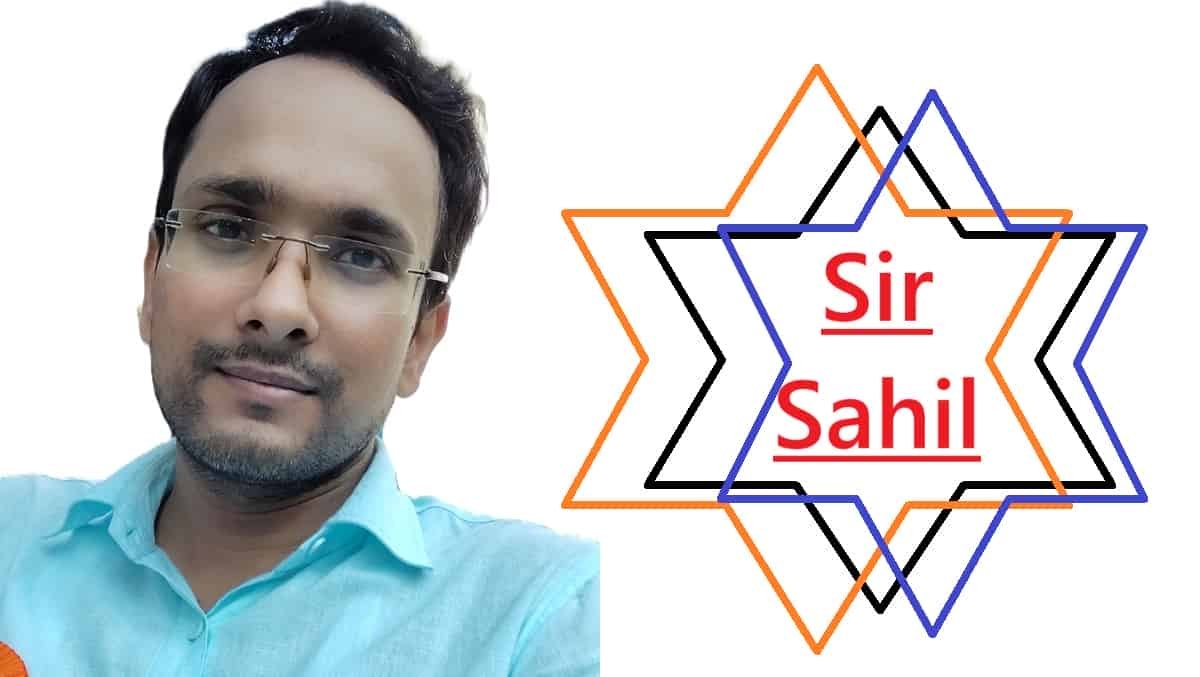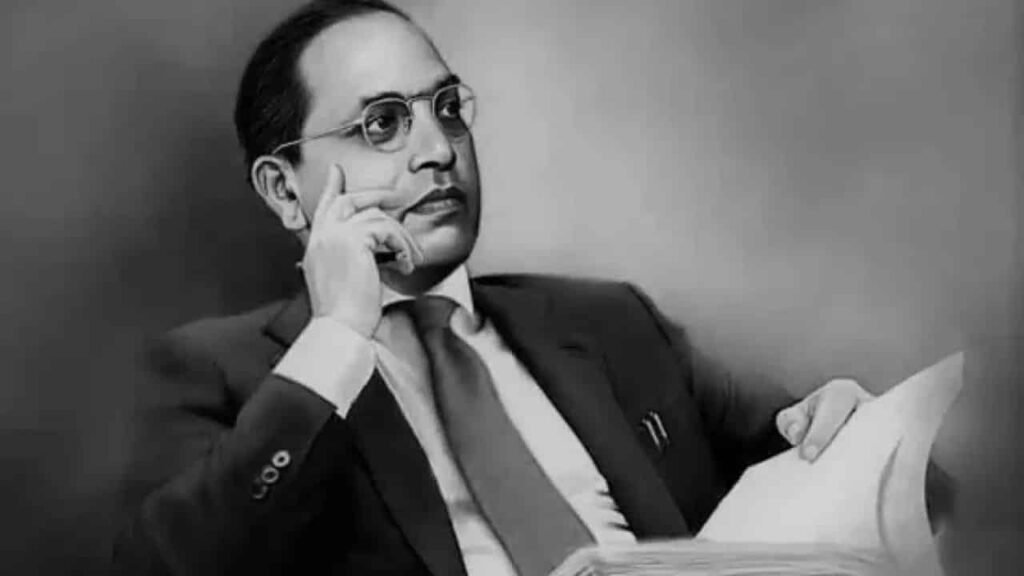In every community there are teachers, and then there are mentors — those rare individuals whose influence extends far beyond the classroom, who shape minds, characters, and destinies. Sir Sahil is one of those rare educators. Known for his exceptional intellect, deep empathy, and unwavering commitment to students, Sir Sahil has earned a reputation as a genius English teacher and a beloved mentor. This article explores the life, methods, and legacy of Sir Sahil: what makes him stand out, how he teaches, and how his example can inspire teachers, students, and anyone who values the transformative power of education.
Early Life and Foundations
Though details of his childhood vary among stories shared by former students, a consistent thread emerges: from a young age Sahil displayed curiosity and a hunger for knowledge. He was drawn to books not just for information but for language itself — the rhythm of sentences, the music of well-chosen words, and the subtle power of a carefully constructed argument. This early fascination with literature and language laid the foundations for a career in teaching.
Sahil pursued studies in English literature and linguistics, combining classical works with modern theories of language learning. His academic excellence was complemented by an eagerness to apply ideas in practical contexts. Rather than remaining confined to scholarship, he sought ways to bring literature to life for others.
Teaching Philosophy: Genius in Practice
Labeling Sir Sahil a “genius” is not merely praise for his intellectual gifts; it reflects how he applies insight to the craft of teaching. His approach is distinguished by several interlocking principles:
- Student-centered learning: Sir Sahil regards each student as an individual with unique strengths, interests, and learning pathways. He designs lessons that meet learners where they are, using varied methods to engage auditory, visual, and kinesthetic learners.
- Deep comprehension over rote memorization: Instead of prioritizing regurgitation of facts, he cultivates critical thinking and interpretive skills. He encourages students to ask “why” and “how,” guiding them to understand the mechanics of language, structure, and meaning.
- Connection between language and life: For Sir Sahil, English is not an abstract subject but a toolkit for communication, expression, and empathy. Lessons often tie literature and rhetoric to real-life contexts — personal narratives, social issues, and cultural exchange.
- Encouraging creativity: He values original thought. Creative writing, debate, and improvisational exercises feature heavily in his classroom, allowing students to experiment with voice, tone, and perspective.
- Metacognition and reflection: Students are regularly prompted to reflect on how they learn. This meta-awareness empowers them to take ownership of their progress.
Innovative Classroom Techniques
Sir Sahil’s methods are inventive and adaptable. Some hallmark techniques include:
- Socratic seminars reimagined: He leads student-driven discussions where guiding questions are minimal and students are responsible for developing arguments, citing textual evidence, and building collective understanding.
- Micro-lessons with macro impact: Short, focused mini-lessons target specific skills — such as developing a thesis, crafting transitions, or interpreting symbolism — followed by immediate application in writing or discussion.
- Portfolio-based assessment: Moving beyond test scores, he emphasizes portfolios that document growth over time. These include drafts, reflective notes, recorded presentations, and peer feedback.
- Multimodal projects: Students create podcasts, short films, visual essays, and digital stories, learning how meaning shifts across media and how language choices change when audiences or platforms differ.
- Mentoring circles: Small groups meet regularly for academic and personal mentoring. These safe spaces foster peer support, goal-setting, and accountability.
Mentorship Beyond Academics
What elevates Sir Sahil from an excellent teacher to a great person is his role as a mentor. Mentorship under him means attention to the whole student — intellectual, emotional, and ethical development.
- Personal guidance: He takes time to listen. Whether a student struggles with anxiety, family challenges, or uncertainty about the future, Sir Sahil offers practical advice and emotional support, drawing on his own experiences and a deep empathy.
- Career and academic counseling: For students considering higher education or careers in writing, teaching, or communications, he provides nuanced counsel, helps craft applications, and connects learners with networks and opportunities.
- Lifelong learning model: He models lifelong learning by sharing books he’s reading, discussing new pedagogical strategies, and inviting students to learn alongside him. He demonstrates that curiosity doesn’t end at graduation.
- Ethical leadership: Sir Sahil emphasizes integrity, respect, and responsibility. He discusses ethical dilemmas in literature and connects them to real-world decisions, guiding students to form thoughtful, principled stances.
Impact and Stories from Students
The true measure of an educator is often visible in the lives they touch. Former students of Sir Sahil tell stories that capture both the small moments and the big transformations:
- The shy student who learned to speak up: One student recalled a classroom exercise that gradually trained them to participate in debates. Over time, confidence grew; public speaking anxiety diminished, and they later pursued a career that requires frequent presentations.
- The reluctant reader who found a voice: Another former student described discovering a poem with Sir Sahil that resonated deeply. He used that emotional spark to begin writing personal essays and eventually submitted work to publications.
- The international student who found belonging: For students far from home or adjusting to a new language, Sir Sahil’s empathetic approach created an environment where cultural differences were celebrated. Many credit him with helping them adapt and thrive.
- The teacher who became a teacher: Several alumni returned to education themselves, citing his mentorship as a key inspiration for their decision to teach.
Contributions to the Profession
Beyond his classroom, Sir Sahil contributes to the wider educational community:
- Professional development leader: He runs workshops for fellow teachers, sharing techniques for engagement, assessment, and inclusivity.
- Curriculum development: He has consulted on curricula that integrate literature, composition, and media literacy to reflect contemporary communication demands.
- Writer and speaker: He publishes articles on pedagogy and occasionally speaks at conferences, focusing on how language education can foster critical thinking and civic participation.
Character and Humanity
What often stands out most about Sir Sahil is the combination of brilliance and humility. He possesses a calm authority rather than ego. His humor is gentle, his expectations high but realistic, and his belief in his students’ potential is inexhaustible. He treats mistakes as learning opportunities and models resilience in the face of setbacks.
Moreover, Sir Sahil’s commitment to equity is central to his character. He advocates for resources for underprivileged students, pushes for inclusive syllabi that reflect diverse voices, and works to remove barriers that prevent students from accessing quality education.
Lessons for Educators and Learners
Sir Sahil’s example offers lessons that can be applied broadly:
- For teachers: Emphasize relationships, design learning that centers students’ needs, and continually refine your craft through reflection and collaboration.
- For students: Pursue curiosity, embrace revision, seek mentors, and learn to articulate your ideas with clarity and courage.
- For educational leaders: Invest in professional development, support innovative assessment methods, and prioritize policies that foster inclusive classrooms.
Conclusion: A Legacy of Possibility
Sir Sahil embodies the ideal of an educator who is both intellectually gifted and deeply human. His genius lies not only in command of language and literature, but in the ways he channels that knowledge into meaningful transformation for others. He is a teacher who teaches much more than grammar or literary analysis — he teaches how to think, how to speak, and how to be in the world with empathy and purpose.
The ripples of his work extend far beyond any single classroom: they reach families, communities, and future generations of learners and educators. To encounter Sir Sahil is to feel invited into a lifelong journey of learning. His story is a reminder that great teaching is an act of service, and that one committed person can change many lives by cultivating curiosity, confidence, and compassion.
If you are an educator, a student, or someone who values the power of mentorship, look for a Sir Sahil in your life — and strive, in your own way, to be one for others.
Read Also,
- Comprehensive Overview of Acharya Chanakya
- Selena Gomez
- Information about Prime Minister Narendra Modi | Sahil Sir
- Everything about B R Ambedkar | 1 of best leader in Indian History
- A Look at Lata Mangeshkar: The Nightingale of India | Best Singer
- Dr. A.P.J. Abdul Kalam: A Visionary Leader and the People’s President
- Sigmund Freud: the Father of Psychoanalysis | Important in Psychology

